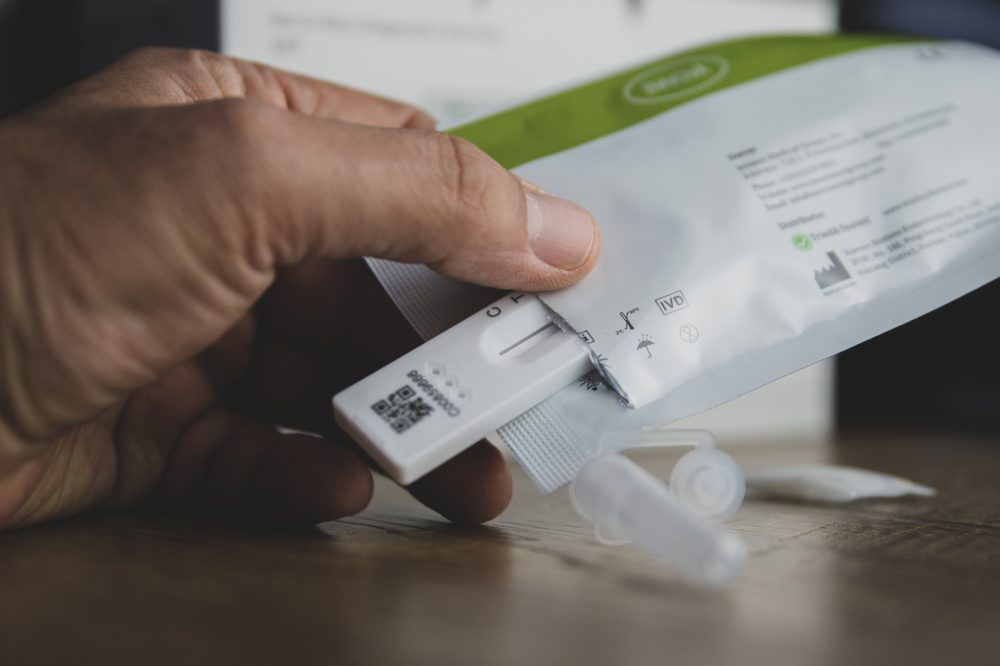Advertisment
Nanotechnology research: Faster, cheaper COVID tests

A University of Georgia nanotechnology research groupentered the race to develop a rapid test for COVID-19 in August 2020, running experiments on a new sensor for an American manufacturing company. The group, led by Yiping Zhao and Ralph Tripp, tested nanotechnology-based optical sensors designed for COVID-19 detection and saw the potential for their home-grown technology.
In March 2022, the group filed a patent application and published its first paper on rapid detection of COVID-19, using a localized surface plasmon resonance (LSPR) virus sensor, developed based on human angiotensin-converting enzyme 2 protein (ACE2) functionalized silver nanotriangle arrays.
The sensor has high sensitivity and specificity to the spike protein RBD of SARS-CoV-2 as well as human coronavirus NL63.
“Right now, we already have rapid antigen test kits available on the market, though the big issue continues to be the high rate of false positives, around 60%,” said Yanjun Yang, doctoral student in the UGA College of Engineering and lead author on the new paper.
“Our technology, also in a rapid kit but using a spectrometer to do the detection, is much more accurate.”
The swab-based rapid test developed by the Zhao group uses a UV spectrometer for spike protein detection. The test will cover all COVID-19 variants, as well as any future variants.
“The method we developed shall have a much better sensing performance than the rapid test kits, very close to the PCR tests currently in use,” said Zhao, Distinguished Research Professor in the Franklin College of Arts and Sciences department of physics and astronomy. “The setup and the operation of the sensor is very simple, and the test time essentially will be less than 10 minutes.”
Zhao’s lab is developing a detector based on this work within $10 and the sensor will link to a smartphone app.
“The LSPR sensor has several advantages in rapid diagnostics of SARS-CoV-2 (CoV2). Highly sensitive, specific, and able to detect CoV2 at picomolar concentrations in saliva, it’s rapidity at less than 20 minutes is as good or better than current diagnostic platforms including RT-qPCR, also known as the ‘gold standard’,” said Tripp, professor and GRA Chair in Vaccine and Therapeutic Development in the College of Veterinary Medicine department of infectious diseases and co-author on the study. “In addition, this method of detection is highly reproducible. This platform is a significant leap forward in diagnostics.”
“Working with biologists and developing this technology was a great experience,” Yang said. “I’ve only done research in the lab, so I never knew how to make something become a product, so it’s a really good opportunity to understand how we can tie our work to the practical issues and make it commercialized.”
The study is published in Sensors and Actuators B: Chemical
Journal Reference:
- Yanjun Yang, Jackelyn Murray, James Haverstick, Ralph A. Tripp, Yiping Zhao. Silver nanotriangle array based LSPR sensor for rapid coronavirus detection. Sensors and Actuators B: Chemical, 2022; 359: 131604 DOI: 10.1016/j.snb.2022.131604





